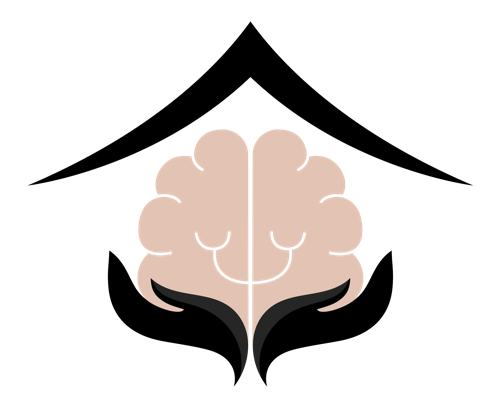Introduction
In recent years, the therapeutic use of ketamine for mental health conditions has gained considerable attention. Notably, it’s a topic of relevance and interest for individuals seeking alternative treatments for depression, anxiety, and PTSD. Among the various experiences associated with ketamine therapy, the term “K-hole” often emerges, shrouded in both curiosity and misconceptions.
What is a K-Hole?
A K-hole is a term colloquially used to describe a profound and unique state induced by a high dose of ketamine, an anesthetic that has been repurposed in some cases for mental health treatment. This state is characterized by a profound sense of detachment from one’s body and environment, often described as a dissociative experience.
The Ketamine Experience
Ketamine works differently from traditional antidepressants. It targets the NMDA receptors in the brain, which play a role in mood regulation and synaptic plasticity. At lower, controlled doses, ketamine has been found to provide rapid relief from depressive symptoms, often within hours.
However, increasing the dosage can lead to a dissociative state known as a K-hole. This state is marked by:
- Altered Perception: Individuals may experience distortions in time and space, feeling as though they are traveling through different dimensions or are detached from reality.
- Intense Inner Journeys: Some report introspective experiences that can be enlightening but also intense and disorienting.
- Emotional Detachment: There is often a notable emotional numbness or neutrality, which can be both calming and unsettling.
Risks and Considerations
It’s important to distinguish between ketamine’s clinical use and recreational misuse. In a clinical setting, dosages are carefully controlled, and the environment is designed to be safe and therapeutic. In contrast, recreational use, where the term K-hole is often more commonly heard, lacks these safety measures and is associated with higher risks.
Preparing for a K-Hole in Therapy
If you are considering ketamine therapy, it’s essential to:
- Consult with a Healthcare Professional: Ensure that ketamine therapy is suitable for your specific condition and health status.
- Understand the Process: Familiarize yourself with how the therapy is conducted, the dosages involved, and what to expect during the experience.
- Create a Safe Environment: In the home setting, creating a calm and comfortable environment and having a support person present if needed is crucial.
- Mental Preparation: Being mentally prepared for the possible intensity of a K-hole experience is vital. Some find it helpful to have specific intentions or questions in mind before the session.
- Aftercare Plan: Post-therapy care is essential. This includes having someone to talk to about the experience and engaging in calming activities.
Conclusion
The K-hole experience in the context of ketamine therapy is complex and multifaceted. While it can potentially offer profound insights and rapid symptom relief, it comes with significant considerations. Understanding these nuances, preparing adequately, and proceeding under medical guidance are crucial for those exploring this path in their mental health journey.



